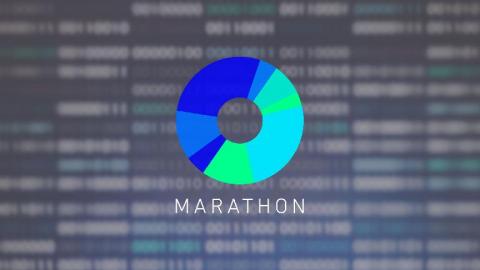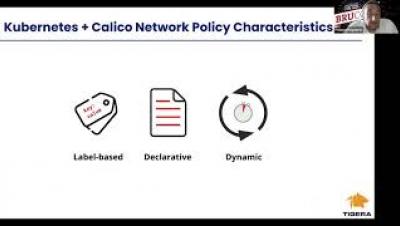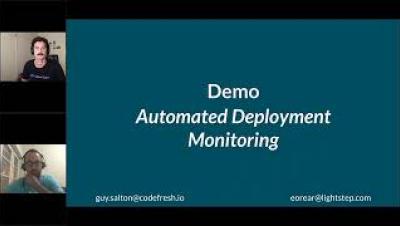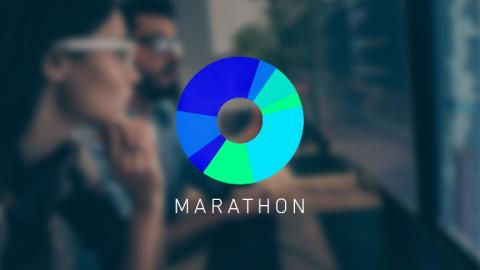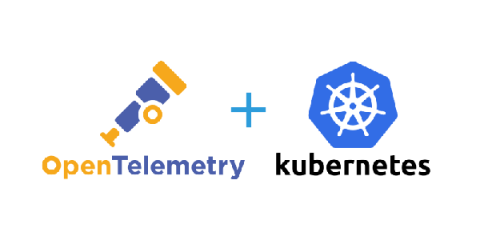Stabilizing Marathon: Part II
Part I covered our team culture which applies to many different types of work and teams. This part will cover our software engineering best practices that help us stabilize Marathon. Marathon is written in Scala and makes heavy use of Akka Actors and Streams. I probably don’t have to mention that Scala’s type system and its immutable data structures avoid a lot of bugs before we even run unit tests.


